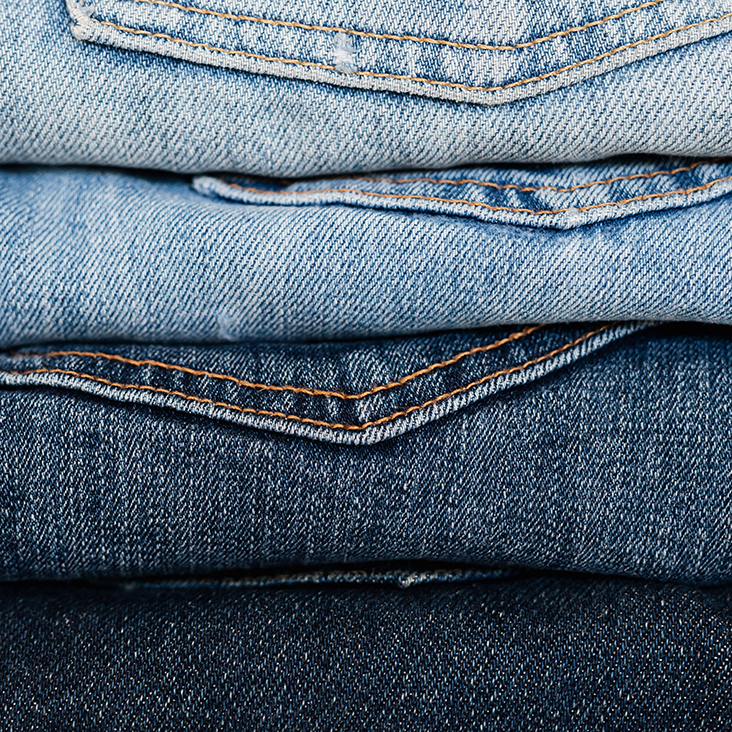
Clothing sizes of the future
Friday, June 12, 2020
Clothing of the future may rely less on numbered sizes, and more on data points.
Many women shoppers notice sizes vary greatly across brands, said Dr. Lynn Boorady, head of the Oklahoma State University Department of Design, Housing and Merchandising. While this can be frustrating, she believes it reflects the diversity in women’s body types and is using technology to help women find a more customized fit.
“Everyone keeps telling me, ‘Well, don’t you want to see sizing standardized?’” Boorady said. “No, I don’t. Because if we standardize sizes, we’re saying there is only one body type in the United States, and that is not true. We are all different sizes, all different shapes.”
Instead, Boorady and other OSU researchers use a body scanner to collect more than 250 measurements of an individual’s body. Each measurement is converted into a digital avatar and then into customized, electronic clothing patterns.
“If I were to body scan Olympic athletes, I could tell what sport they played by their shape,” Boorady. “For example, people who do fencing have a dominant hand, and very often their arm is a whole size different because they’ve built up muscles on that side of the body.”
Electronic patterns based on personalized measurements save a time-consuming step: pattern making. Traditionally, designers used rough measurements to create paper patterns, then stitched sample clothing for a model to try on before repeating the process to fine-tune the fit.
After the pattern was perfected, it could be mass produced for sale, but if it was going to be sold in different colors or materials, separate demo pieces would still need to be made. To streamline this, Boorady and other OSU researchers are supplementing the body scanner with another new technology: the Kawabatta machine.
“We’ll take a look at the texture of the fabric, how it drapes, how thick it is, if it’s foldable. All the aspects that go into fabric characteristics it will input into the computer, and the computer will read this. It’s all data-driven,” Boorady said.
As online shopping gains popularity, the Kawabatta machine provides enough data on fabric texture to create a computer-generated image of the garment without it ever being produced. Online customers can visualize colors and sizes with one click of the mouse.
“We won’t be having to make up sample garments,” Boorady said. “We won’t make anything until you buy it, and then when we produce on demand it will help with sustainability – less clothing in the landfills, less inventory to get rid of.”
With technology ready to customize, fashion industry leaders are now reaching out to learn customers' preferences. Some fashion companies already use a customer’s questionnaire on fashion preferences to send boxes of customized clothing recommendations, studying the clothing customers return and keep to build a database on their clothing preferences.
“The more they know about you, the better they can be. One day, you could upload your avatar to a website, and the company could start to suggest things for you.”
MEDIA CONTACT: Brittany Bowman | 405-744-9347 | brittany.bowman@okstate.edu
